Ergonomic Checklist: Mastering the 90-Degree Rule & Essential Workspace Principles
Table Of Contents
- Understanding Ergonomics: Why It Matters
- The 90-Degree Rule Explained
- Comprehensive Ergonomic Checklist
- Common Ergonomic Mistakes to Avoid
- Essential Ergonomic Products for Your Workspace
- Beyond the Basics: Advanced Ergonomic Considerations
- Conclusion
Creating an ergonomic workspace isn't just about comfort—it's an investment in your health, productivity, and long-term wellbeing. Whether you're setting up a home office or optimizing your workplace environment, understanding proper ergonomic principles can help prevent discomfort, reduce fatigue, and minimize the risk of musculoskeletal disorders.
At the heart of ergonomic best practices is the famous 90-degree rule, but a truly comfortable and healthy workspace requires attention to multiple factors. This comprehensive guide will walk you through everything you need to know about creating an ergonomic setup, from mastering the 90-degree rule to implementing a complete workspace checklist that protects your body while enhancing your work experience.
Let's explore how simple adjustments to your workspace can lead to significant improvements in your comfort and health, both today and for years to come.
THE ERGONOMIC WORKSPACE
Essential principles for comfort, health & productivity
THE 90-DEGREE RULE
ELBOWS
Arms at sides with elbows bent at 90° when typing
HIPS
Thighs parallel to floor with 90° angle at hips
KNEES
Knees bent at approximately 90° while seated
ANKLES
Feet flat on floor with ankles at roughly 90°
WORKSPACE ESSENTIALS
- ✓Chair with adjustable height, seat depth & lumbar support
- ✓Monitor at eye level, arm's length away (18-24")
- ✓Keyboard & mouse positioned for 90° elbow angle
- ✓Desk at proper height for forearms parallel to floor
- ✓Footrest if feet don't reach floor comfortably
COMMON MISTAKES TO AVOID
- ✗Ignoring neutral posture (slouching or leaning forward)
- ✗Sitting too long without movement breaks
- ✗Cradling phone between ear and shoulder
- ✗Using inappropriate furniture (dining chairs, etc.)
- ✗Neglecting eye health (follow the 20-20-20 rule)
BENEFITS OF PROPER ERGONOMICS
Reduction in workplace injuries
Increase in productivity
Improved long-term health & well-being
Ready to transform your workspace? Explore Loft Home's collection of ergonomic furniture.
© Loft Home Furniture • Singapore's premium furniture retailer
Understanding Ergonomics: Why It Matters
Ergonomics is the science of designing workspaces that fit the people who use them. When your workspace is properly configured to support your body's natural posture and movements, you reduce strain on muscles, tendons, and joints. This is particularly important for those who spend extended hours at a desk.
Poor ergonomics can lead to a range of health issues, including:
- Musculoskeletal disorders (MSDs) like carpal tunnel syndrome
- Chronic neck and back pain
- Eye strain and headaches
- Decreased circulation in the lower extremities
- Reduced productivity and increased fatigue
Research shows that implementing proper ergonomic practices can reduce workplace injuries by up to 59%, while also improving productivity by 25%. These statistics highlight the dual benefit of ergonomics: it protects your health while enhancing your performance.
The 90-Degree Rule Explained
The 90-degree rule is a fundamental principle in ergonomics that serves as the foundation for proper posture while seated. This rule states that key joints in your body—specifically your elbows, hips, knees, and ankles—should be positioned at approximately 90-degree angles when you're seated at your desk.
Here's a breakdown of the 90-degree rule components:
Elbows at 90 Degrees
Your arms should rest comfortably at your sides with elbows bent at approximately 90 degrees when your hands are on the keyboard. This position minimizes strain on your shoulders and upper back while typing.
Hips at 90 Degrees
When seated, your thighs should be parallel to the floor, creating a 90-degree angle at your hips. This promotes proper weight distribution and spinal alignment.
Knees at 90 Degrees
Your knees should bend at approximately 90 degrees, with your feet flat on the floor or on a footrest. This helps maintain proper circulation in your legs and reduces pressure on your lower back.
Ankles at 90 Degrees
Your feet should rest flat on the floor with ankles at roughly 90 degrees. If your feet don't reach the floor comfortably, use a footrest to achieve the proper angle.
While the 90-degree rule provides an excellent baseline, it's important to note that the optimal angle may vary slightly from person to person. The key is to maintain a neutral, relaxed posture that allows your muscles to work efficiently without unnecessary strain.
Comprehensive Ergonomic Checklist
Beyond the 90-degree rule, a truly ergonomic workspace requires attention to multiple factors. Use this comprehensive checklist to create a workspace that supports your body's natural alignment and movement patterns.
Chair Setup and Positioning
Your chair is perhaps the most important element of an ergonomic workspace. A properly adjusted ergonomic chair provides the foundation for good posture and comfort throughout the day.
- Seat height: Adjust so your feet rest flat on the floor with knees at 90 degrees
- Seat depth: Leave 2-4 fingers' width of space between the edge of the seat and the back of your knees
- Backrest: Position to support the natural curve of your spine, with special attention to lumbar support
- Armrests: Adjust to support your arms with shoulders relaxed (not hunched or drooping)
- Material: Choose breathable fabrics that provide comfort for extended sitting
When selecting an office chair, look for features like adjustable height, tilting mechanisms, and lumbar support. Office chairs with multiple adjustment points allow for a more personalized fit to your body's unique proportions.
Desk Height and Arrangement
Your desk should complement your chair settings to maintain proper posture and the 90-degree rule.
- Height: When seated with elbows at 90 degrees, your forearms should rest parallel to the floor
- Depth: Ensure sufficient space for your monitor(s), keyboard, mouse, and essential items
- Clearance: Provide adequate room for your legs without obstructions
- Surface: Choose non-reflective materials to reduce glare
- Organization: Arrange frequently used items within easy reach to minimize stretching
Consider a height-adjustable table that allows you to transition between sitting and standing throughout the day, which can reduce the negative effects of prolonged sitting.
Monitor Positioning
Proper monitor placement is crucial for preventing neck strain and eye fatigue.
- Height: Position the top of the screen at or slightly below eye level
- Distance: Place the monitor approximately an arm's length away (18-24 inches)
- Angle: Tilt the screen slightly upward (about 10-20 degrees) to reduce glare
- Positioning: Center the monitor directly in front of you to avoid neck twisting
- Multiple monitors: Position primary screen directly in front with secondary screens at the same height, angled slightly inward
For those using laptops as their primary device, consider a laptop stand with a separate keyboard and mouse to achieve proper monitor height without compromising on input device positioning.
Keyboard and Mouse Placement
Proper positioning of input devices helps prevent wrist strain and reduces the risk of repetitive stress injuries.
- Keyboard position: Place directly in front of you at a height that allows your elbows to maintain the 90-degree angle
- Keyboard angle: Use a slight negative tilt (away from you) or flat positioning
- Mouse placement: Position immediately next to the keyboard at the same height
- Wrist position: Keep wrists straight and neutral, not bent up or down
- Support: Consider using wrist rests that allow your wrists to remain straight while typing
Remember that your arms should be relaxed at your sides, with elbows close to your body. This position reduces strain on your shoulders and upper back during extended computer work.
Lighting and Environment
Environmental factors play a significant role in your overall comfort and eye health.
- Lighting: Ensure adequate, non-glare lighting that doesn't create reflections on your screen
- Window positioning: Position your monitor perpendicular to windows to reduce glare
- Temperature: Maintain comfortable room temperature (20-24°C)
- Air quality: Ensure proper ventilation and consider adding plants to improve air quality
- Noise levels: Minimize distracting sounds or use noise-cancelling headphones when necessary
Consider incorporating task lighting that can be adjusted throughout the day as natural light changes. A well-lit environment reduces eye strain and helps maintain energy levels.
Common Ergonomic Mistakes to Avoid
Even with the best intentions, many people make ergonomic mistakes that can undermine their efforts to create a healthy workspace. Here are common pitfalls to avoid:
Ignoring Neutral Posture
Many people lean forward toward their screens or slouch in their chairs. Maintain a neutral spine position with your back supported and head balanced over your shoulders.
Skipping Regular Movement
Even the perfect ergonomic setup can't compensate for sitting too long. Set reminders to stand, stretch, and move every 30-60 minutes to prevent stiffness and maintain circulation.
Phone Habits
Cradling a phone between your ear and shoulder creates extreme neck strain. Use speakerphone or a headset for calls, especially longer conversations.
Inappropriate Furniture
Using dining chairs or decorative furniture for work creates poor ergonomics. Invest in proper study room furniture designed for extended use.
Ignoring Eye Health
Many forget to rest their eyes regularly. Follow the 20-20-20 rule: every 20 minutes, look at something 20 feet away for at least 20 seconds.
Essential Ergonomic Products for Your Workspace
Creating an ergonomic workspace often requires specialized products designed to support proper posture and comfort. Here are essential items to consider:
Ergonomic Chair
A quality ergonomic chair with multiple adjustment points is the foundation of a healthy workspace. Look for features like adjustable height, seat depth, armrests, and lumbar support.
Adjustable Desk
A height-adjustable table allows you to alternate between sitting and standing, which can reduce the negative effects of prolonged sitting and add variety to your working positions.
Monitor Stand or Arm
These allow you to position your screen at the optimal height and distance, reducing neck strain and improving posture. For laptop users, a laptop stand with a separate keyboard and mouse is essential.
Ergonomic Keyboard and Mouse
These devices are designed to keep your hands and wrists in a more natural position, reducing strain during extended use.
Footrest
If your feet don't comfortably reach the floor when your chair is properly adjusted, a footrest can help maintain proper lower body alignment.
Document Holder
If you frequently reference physical documents, a document holder positioned between your keyboard and monitor can reduce neck twisting and awkward postures.
Beyond the Basics: Advanced Ergonomic Considerations
Once you've implemented the fundamental ergonomic principles, consider these advanced strategies to further enhance your workspace:
Movement Integration
The best ergonomic setup is one that encourages movement. Consider creating different work zones in your space that require you to stand up and move periodically. This could include a traditional desk setup, a standing workspace, and perhaps a comfortable reading area with a 1-seater sofa for reviewing documents.
Personalized Adjustments
While the 90-degree rule provides a good starting point, your ideal setup may require slight modifications based on your body proportions and any existing conditions. Don't be afraid to make minor adjustments that increase your comfort.
Technology Assistance
Consider using ergonomic apps and tools that remind you to take breaks, suggest stretches, or help you monitor your posture throughout the day.
Acoustic Considerations
Noise can create stress that manifests as physical tension. Address acoustic issues with sound-absorbing materials, white noise machines, or noise-canceling headphones.
Aesthetic Elements
Research shows that workspace aesthetics affect psychological well-being, which in turn influences physical comfort. Incorporate elements like plants, natural light, and pleasing colors to create a space that supports both mental and physical well-being.
Conclusion
Creating an ergonomic workspace is not a one-time setup but an ongoing process of awareness and adjustment. By implementing the 90-degree rule as your foundation and building upon it with the comprehensive checklist provided, you'll create a workspace that supports your body's natural alignment and movements.
Remember that even the perfect ergonomic setup cannot compensate for extended periods of static posture. The human body is designed for movement, so incorporate regular breaks, stretching, and position changes throughout your day.
Investing in proper ergonomic furniture and accessories may require an initial investment, but the long-term benefits to your health, comfort, and productivity make it worthwhile. Your body will thank you for the attention to ergonomic principles now and for years to come.
Creating an ergonomic workspace using the 90-degree rule and our comprehensive checklist isn't just about following guidelines—it's about creating a personalized environment that supports your unique body and work habits. Take the time to implement these principles gradually, making adjustments as needed until you find your optimal setup.
Remember that ergonomics is ultimately about listening to your body. If you experience discomfort despite following these guidelines, don't hesitate to make further adjustments or consult with an ergonomics professional. The goal is to create a workspace where you can be both comfortable and productive throughout your workday.
With the right ergonomic setup, you'll not only reduce your risk of work-related injuries but also enhance your focus, energy, and overall wellbeing—benefits that extend well beyond your workspace into every aspect of your life.
Ready to transform your workspace with ergonomic furniture that supports both health and productivity? Explore Loft Home's collection of ergonomic chairs, height-adjustable tables, and office accessories designed to help you create a workspace that feels as good as it looks.


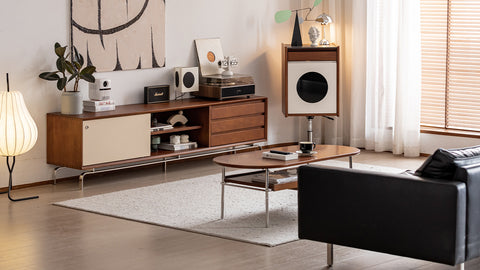
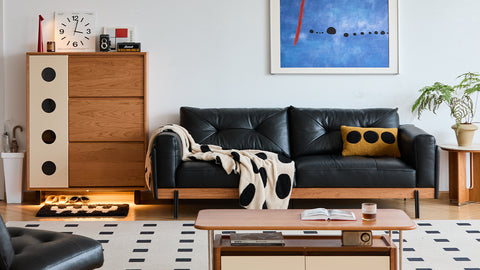
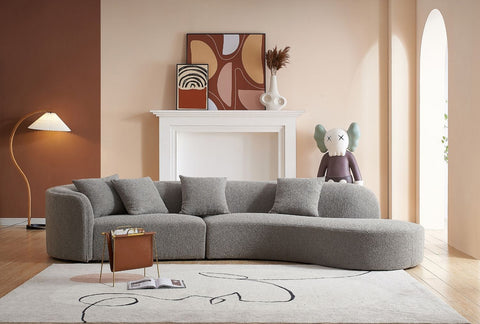
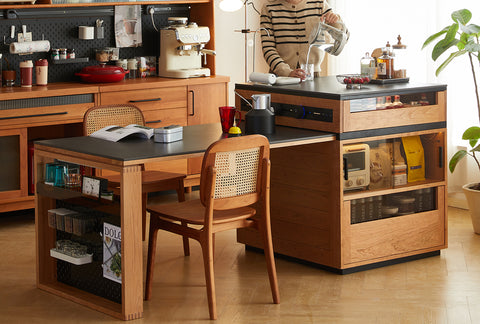
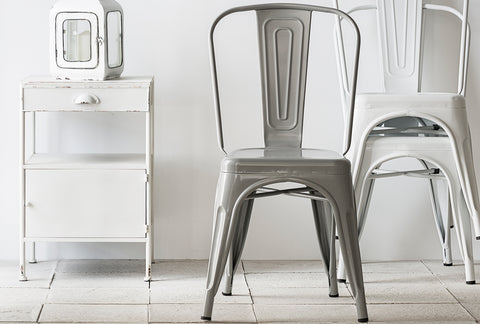
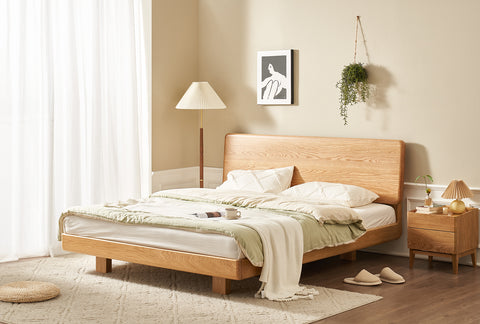






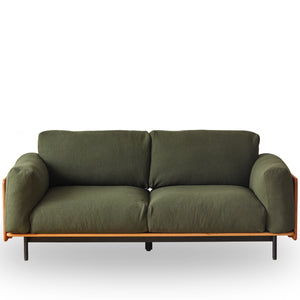
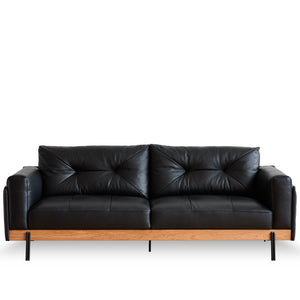
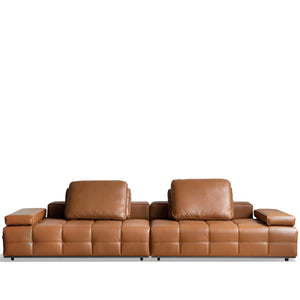
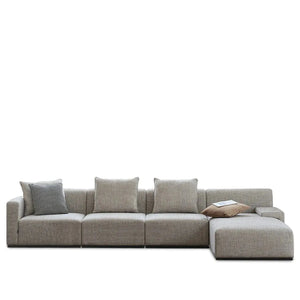
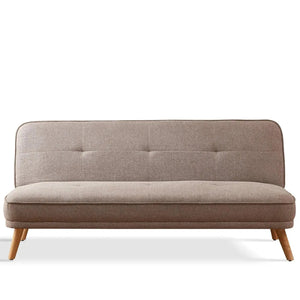
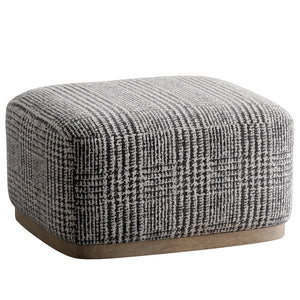

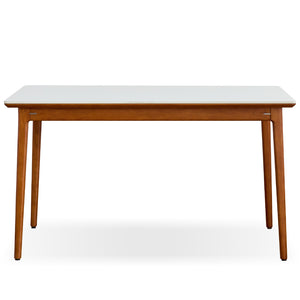
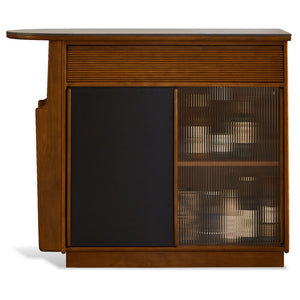
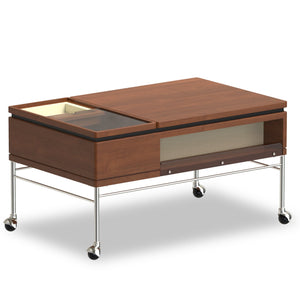
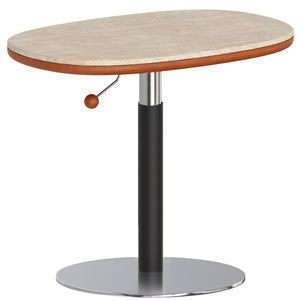
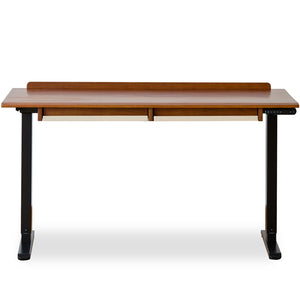
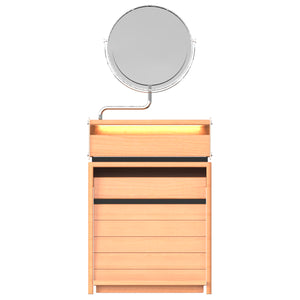

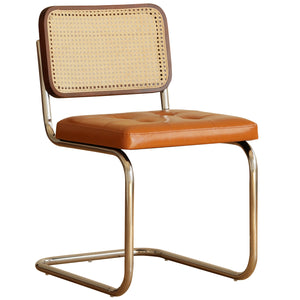
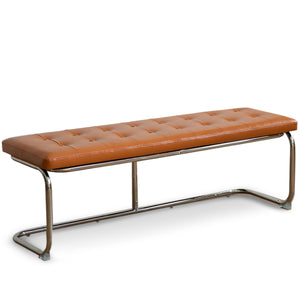
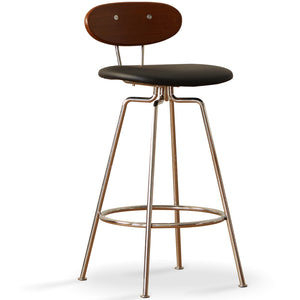
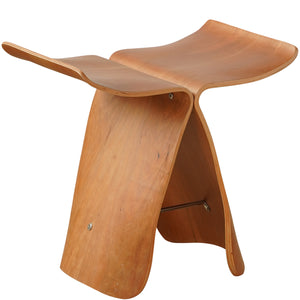
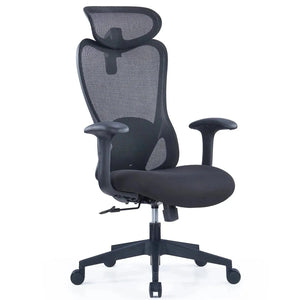

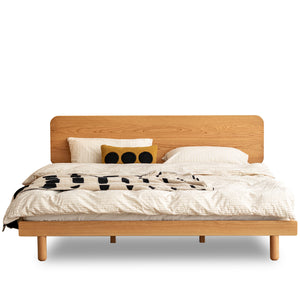


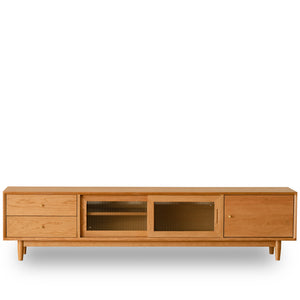

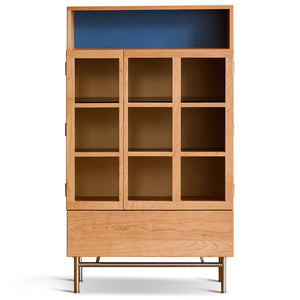
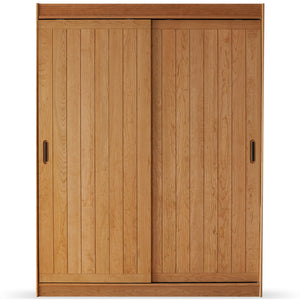
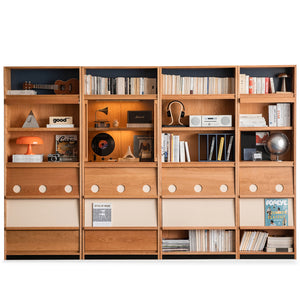
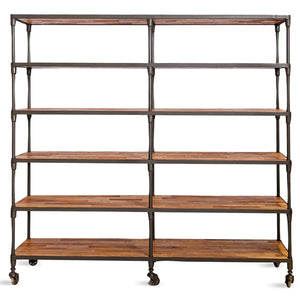
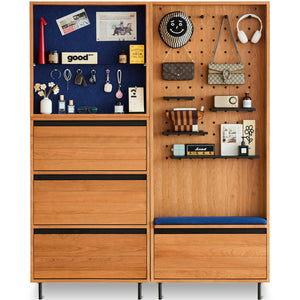
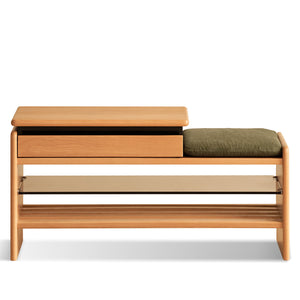
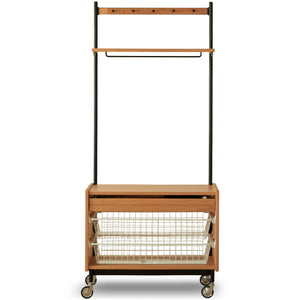






















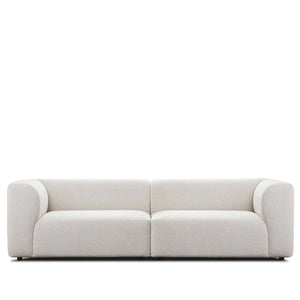




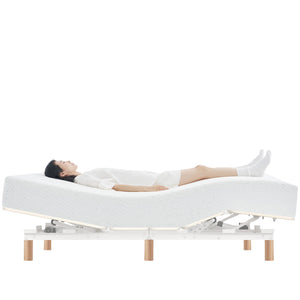

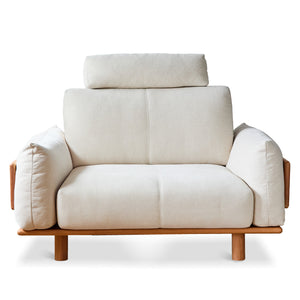
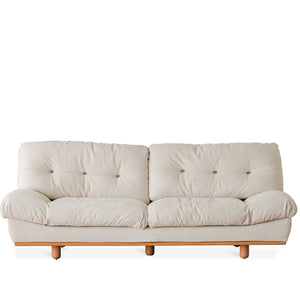
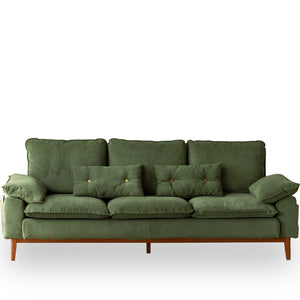
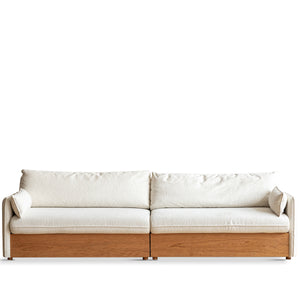
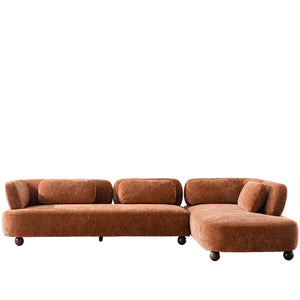
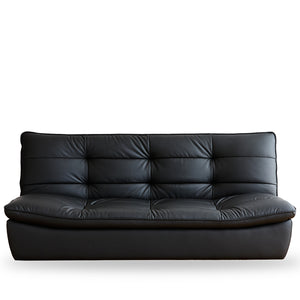
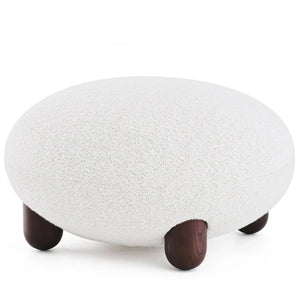

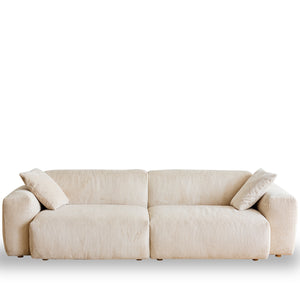
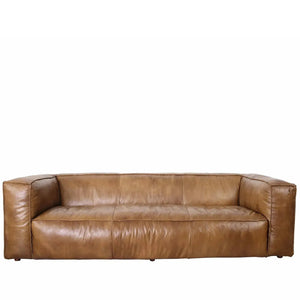
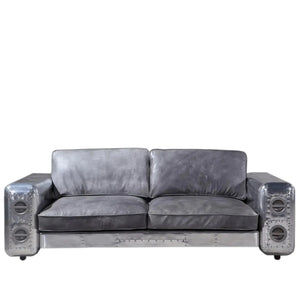
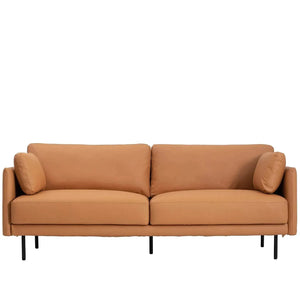
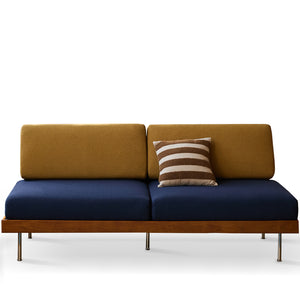
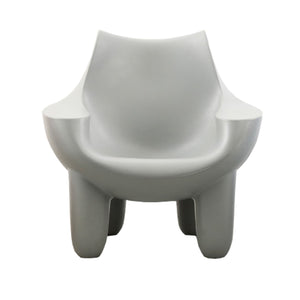
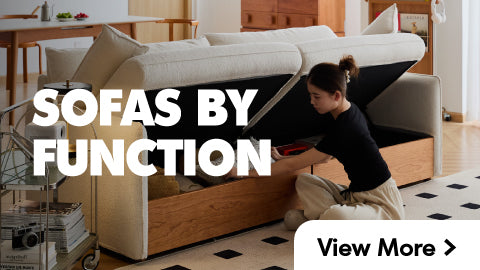
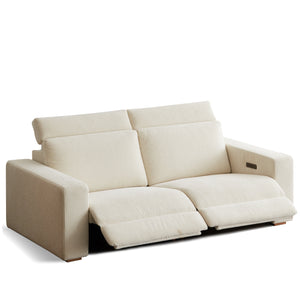

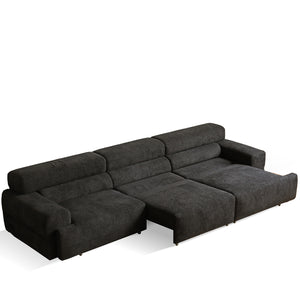
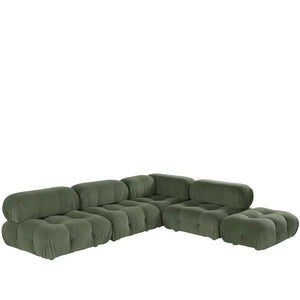
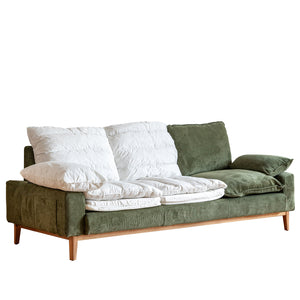
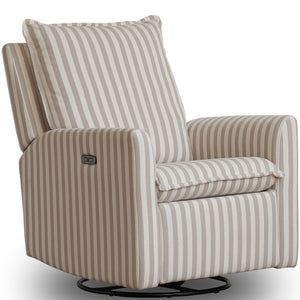

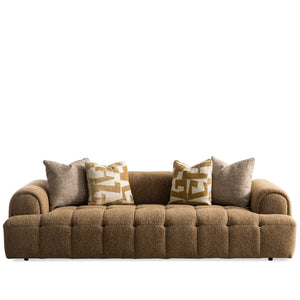
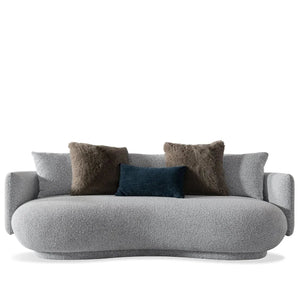
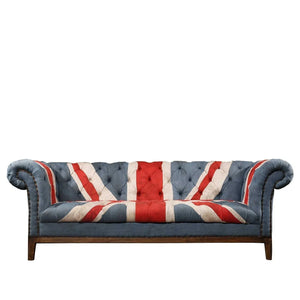
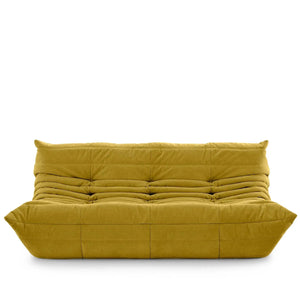
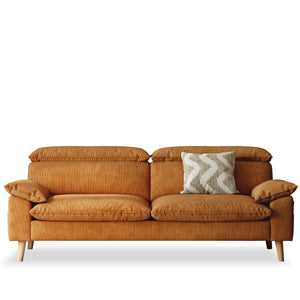

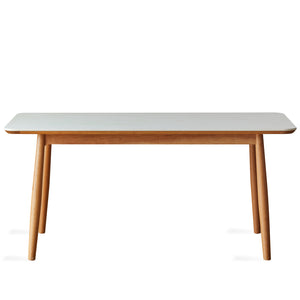
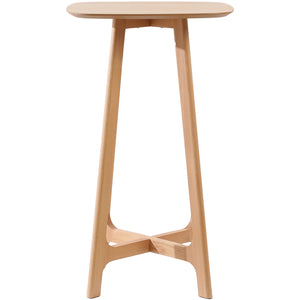
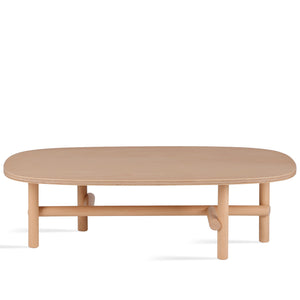
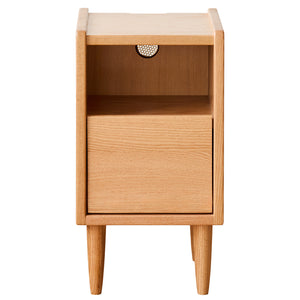
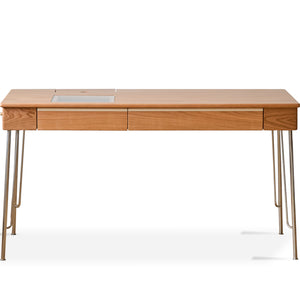
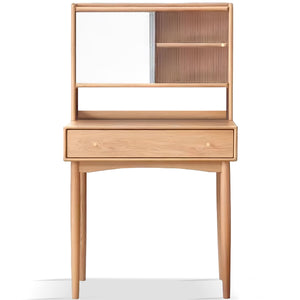

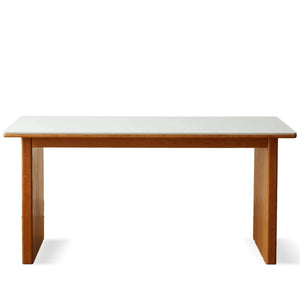
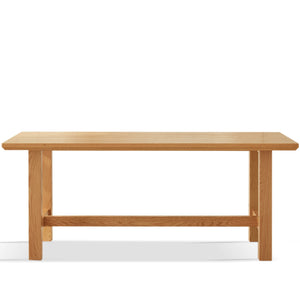
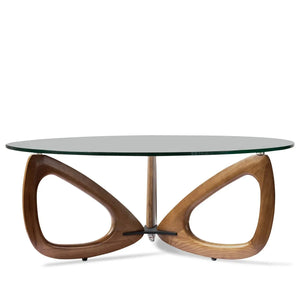
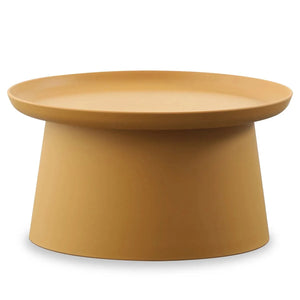
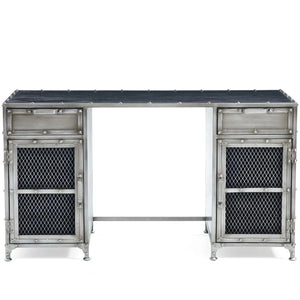
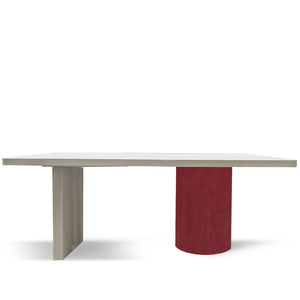

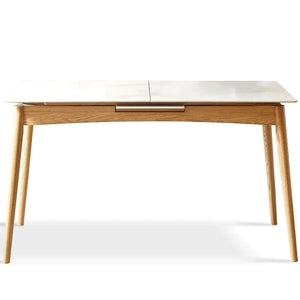
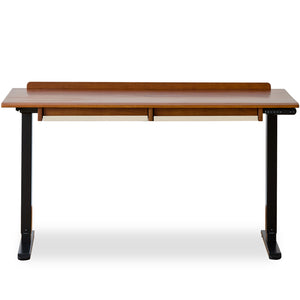
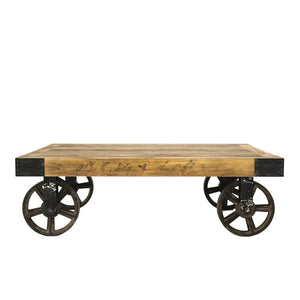
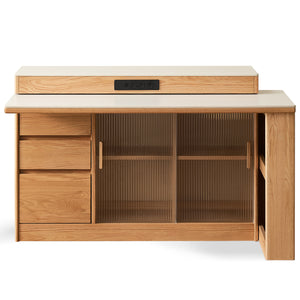
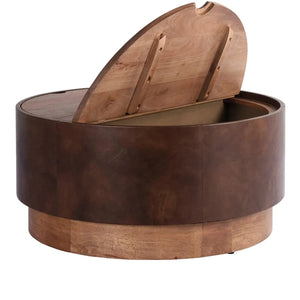

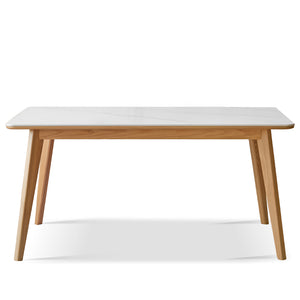
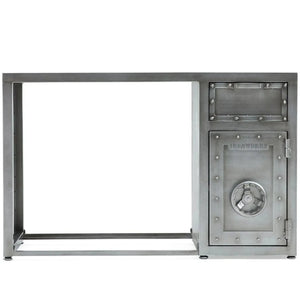
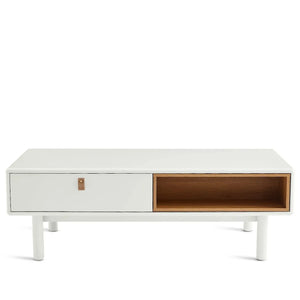



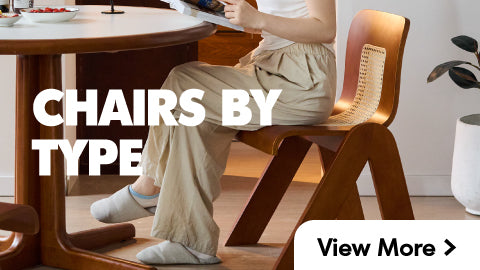
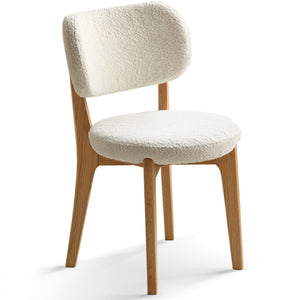
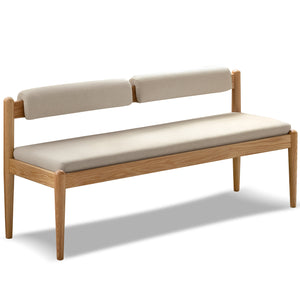
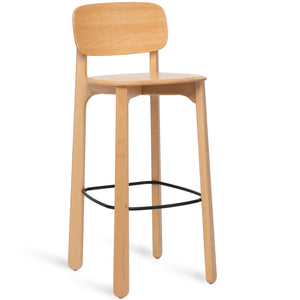
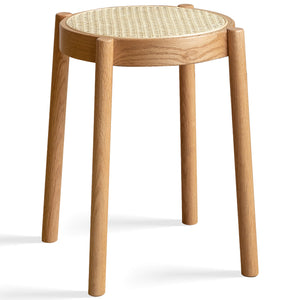
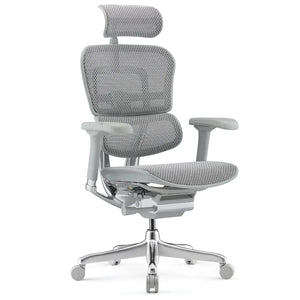
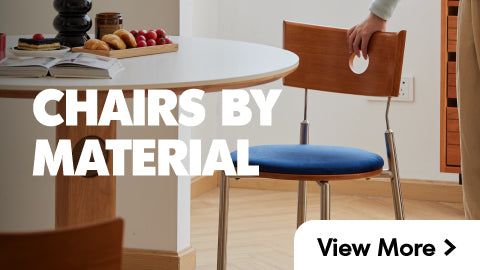
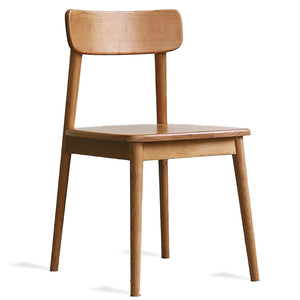
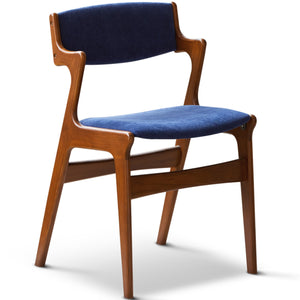
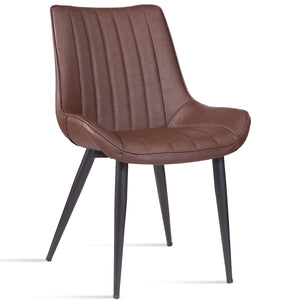
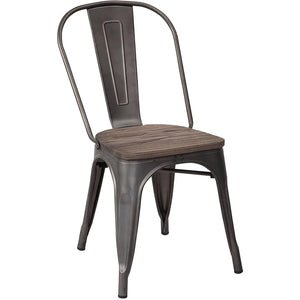
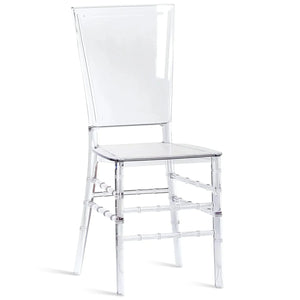
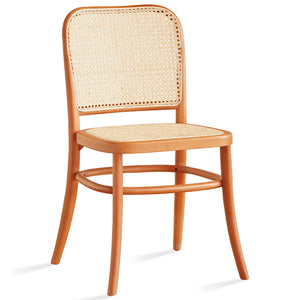
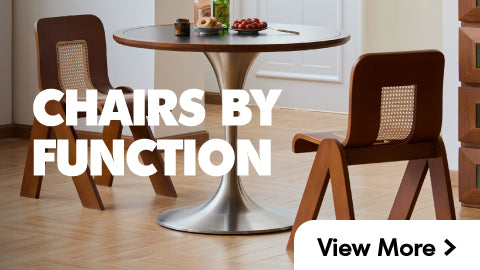
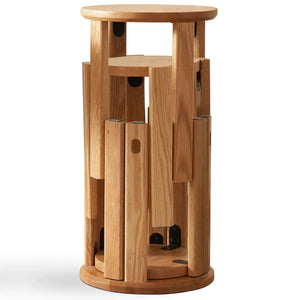
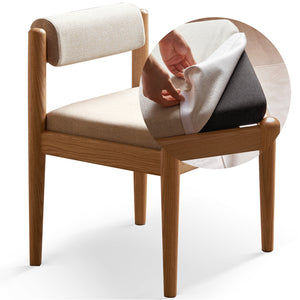
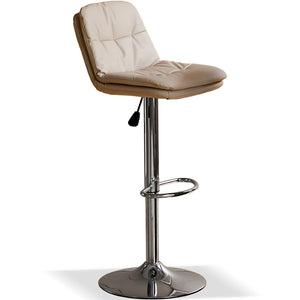
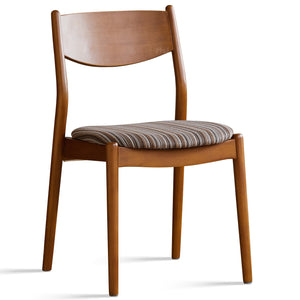
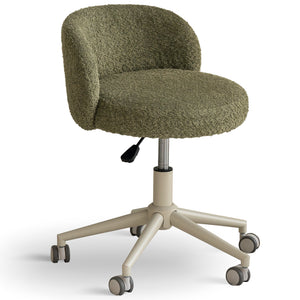
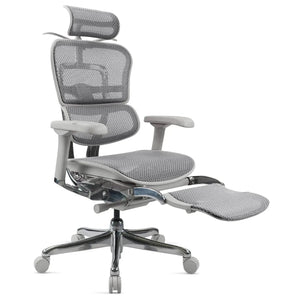

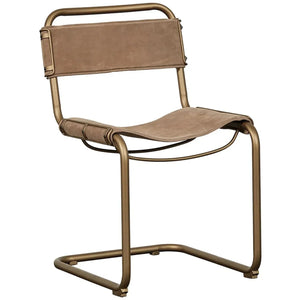
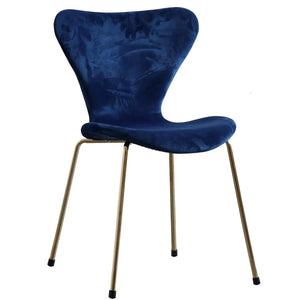
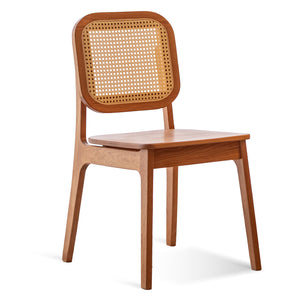
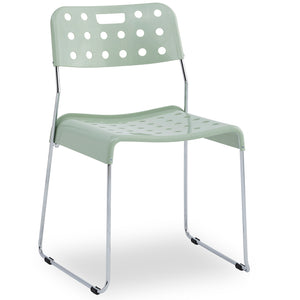
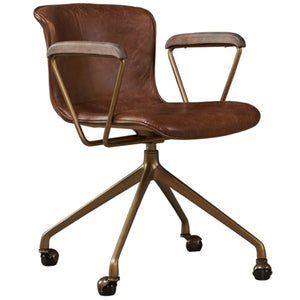


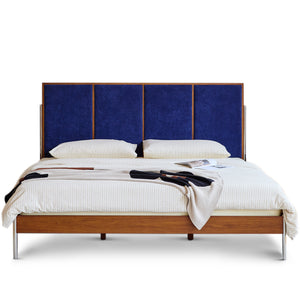

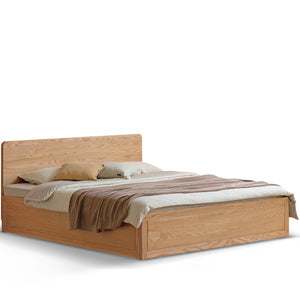
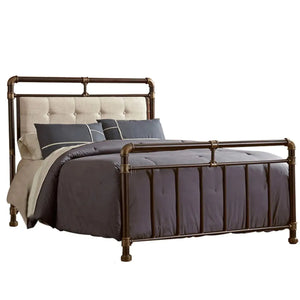
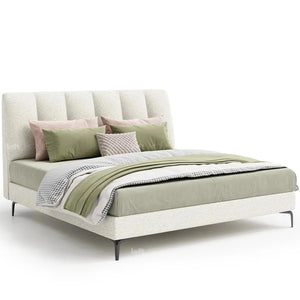
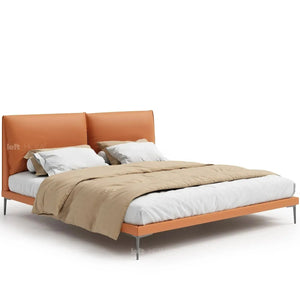
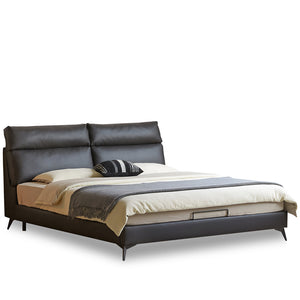
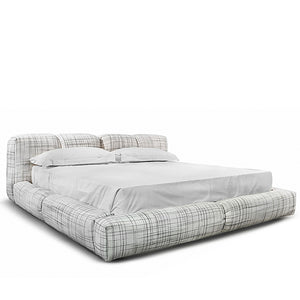

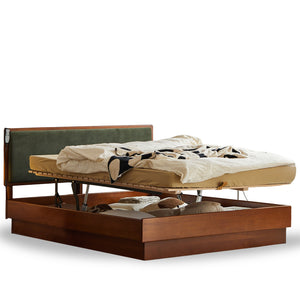
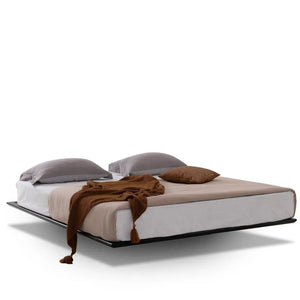
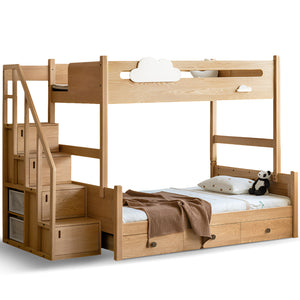
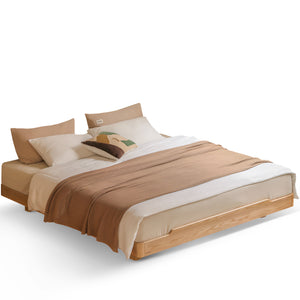
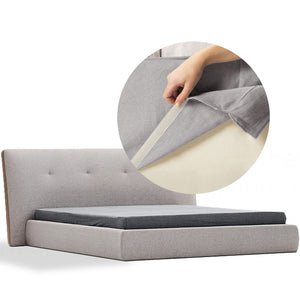
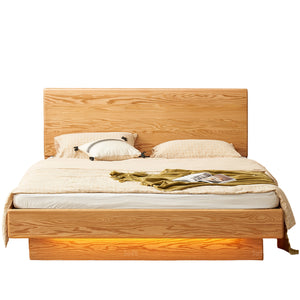

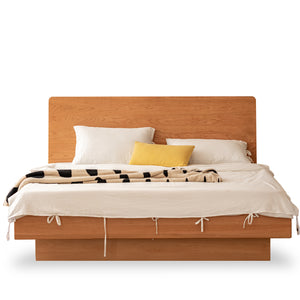
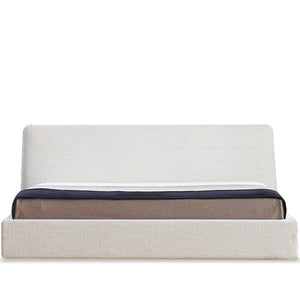
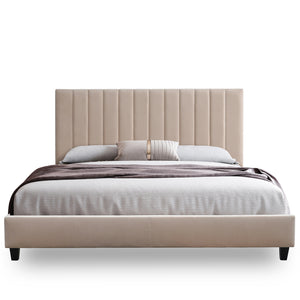
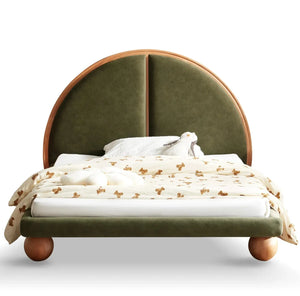
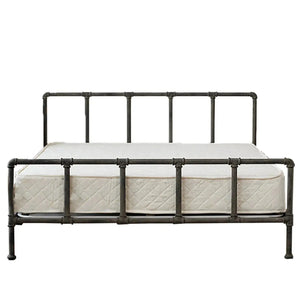
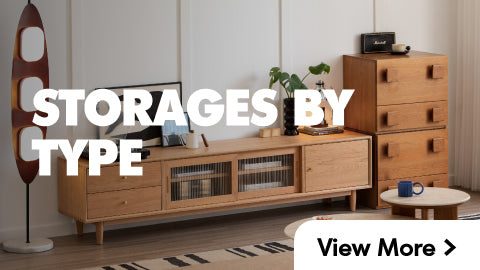
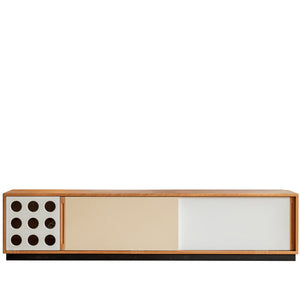

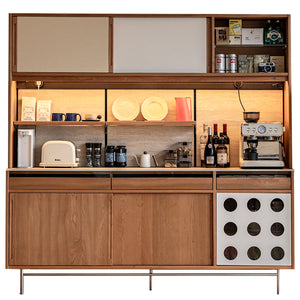
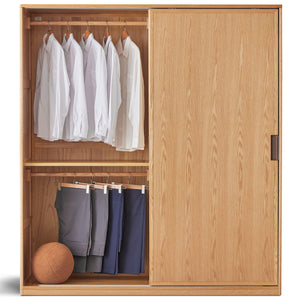

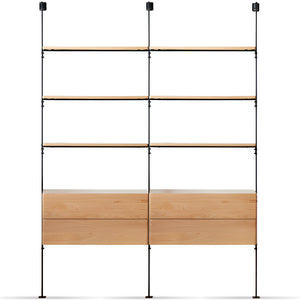
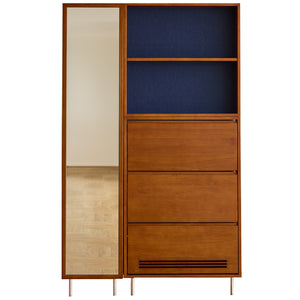
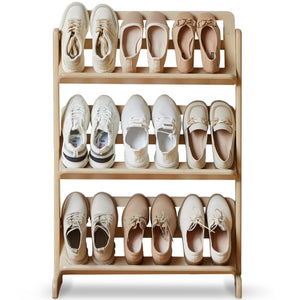


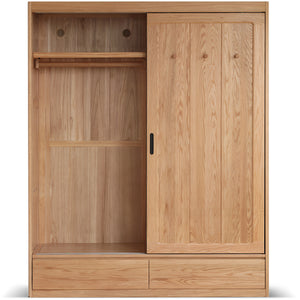
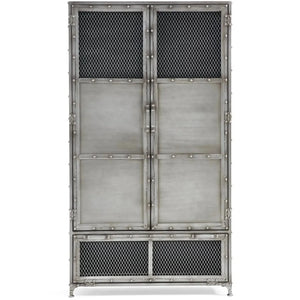
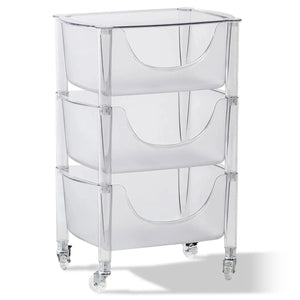
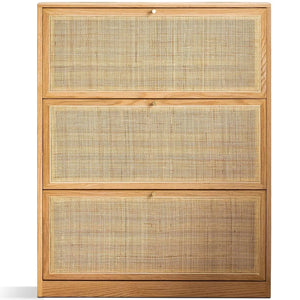
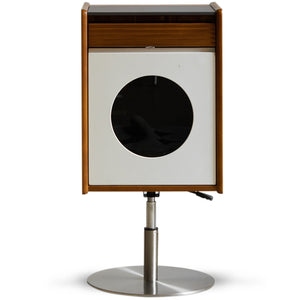
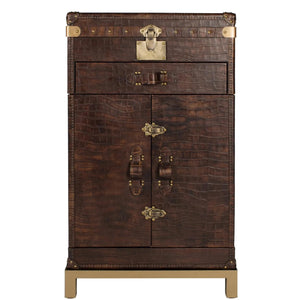



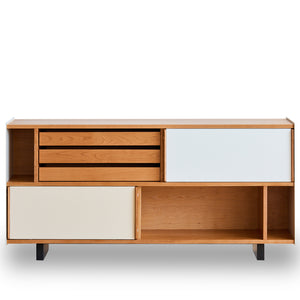
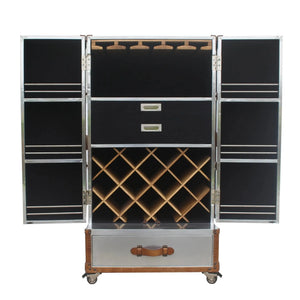
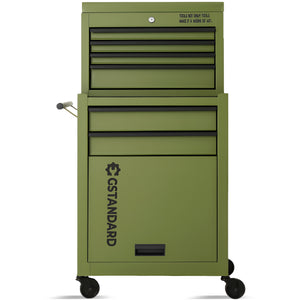
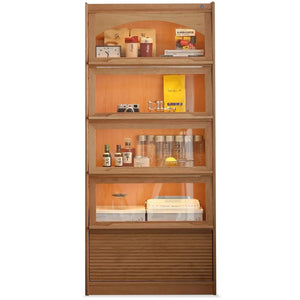

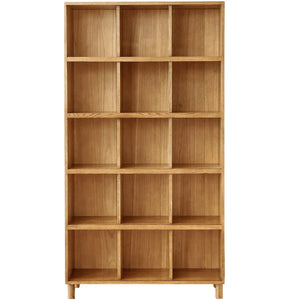
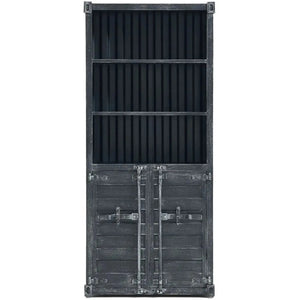
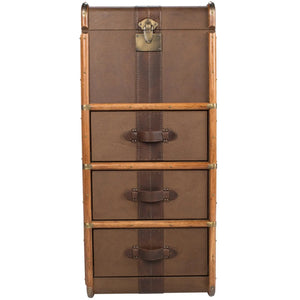
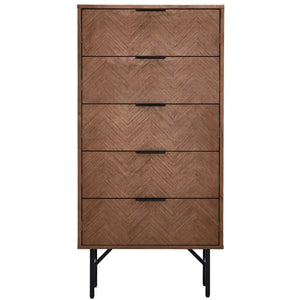




























































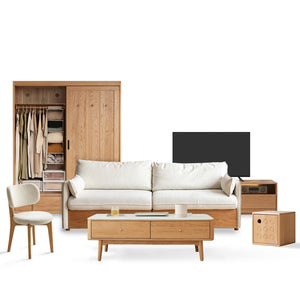
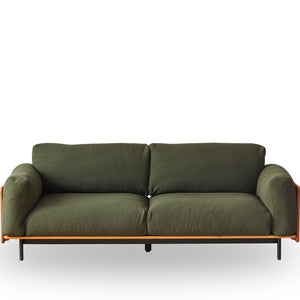
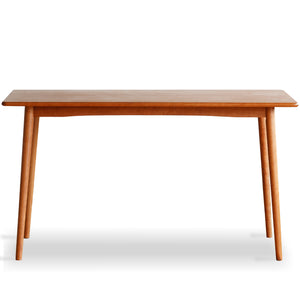
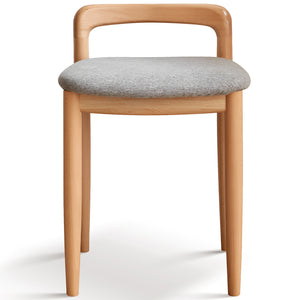
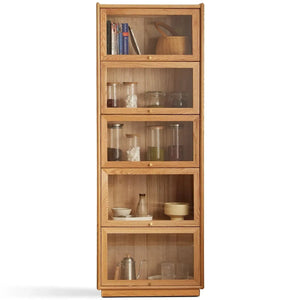
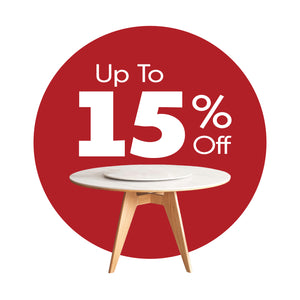


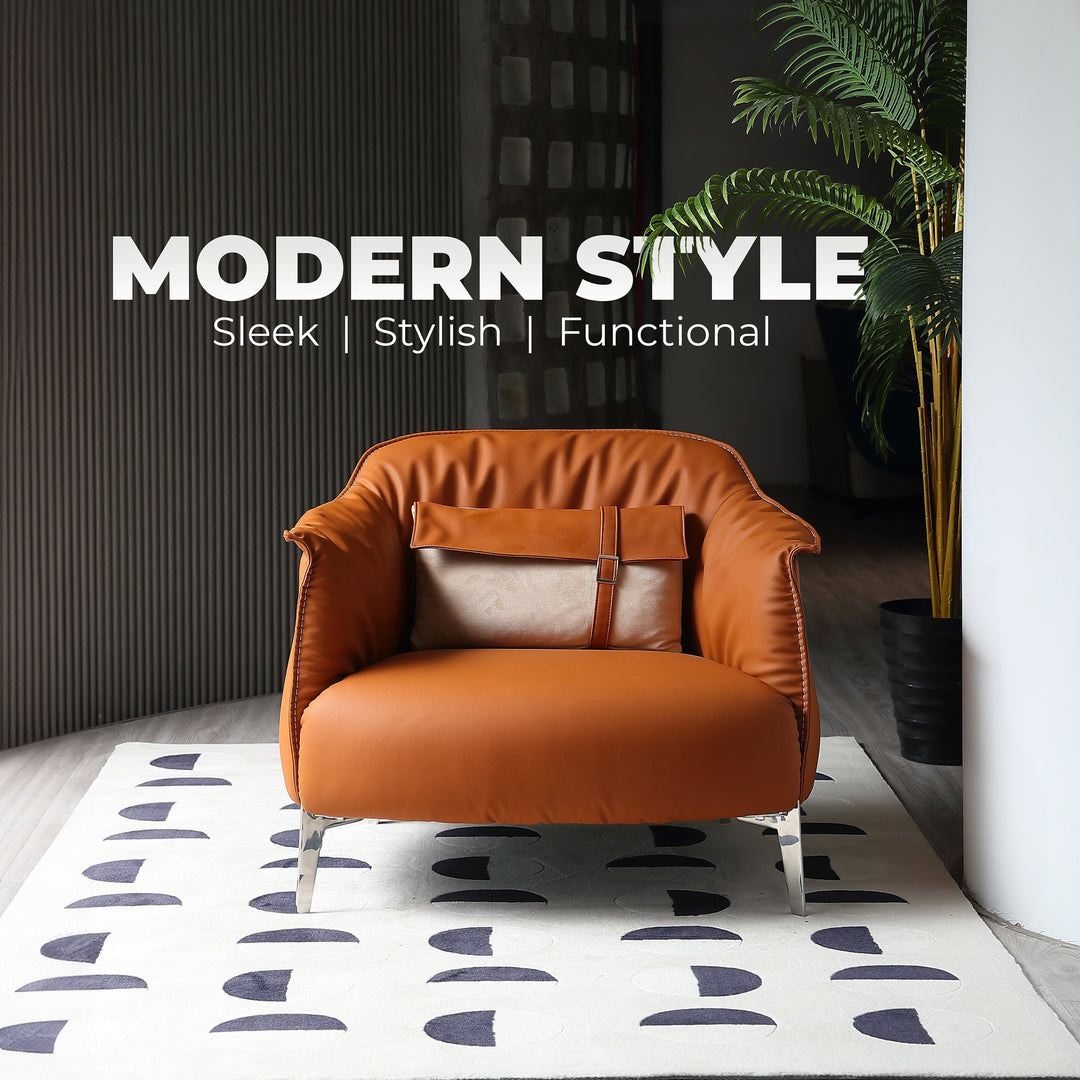
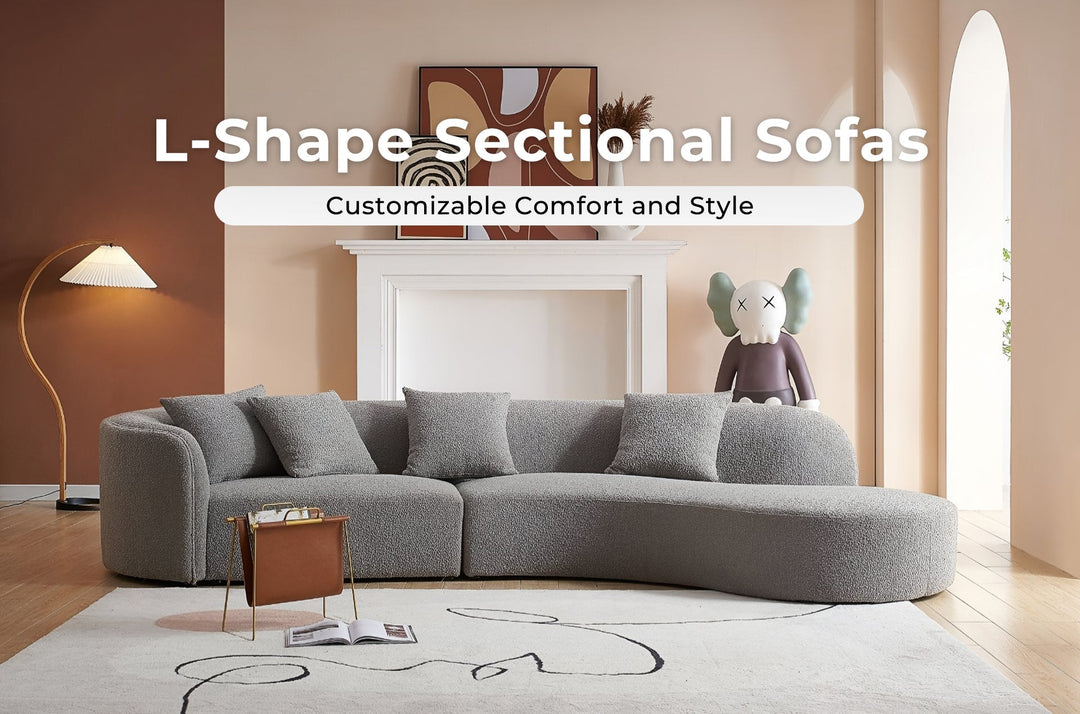

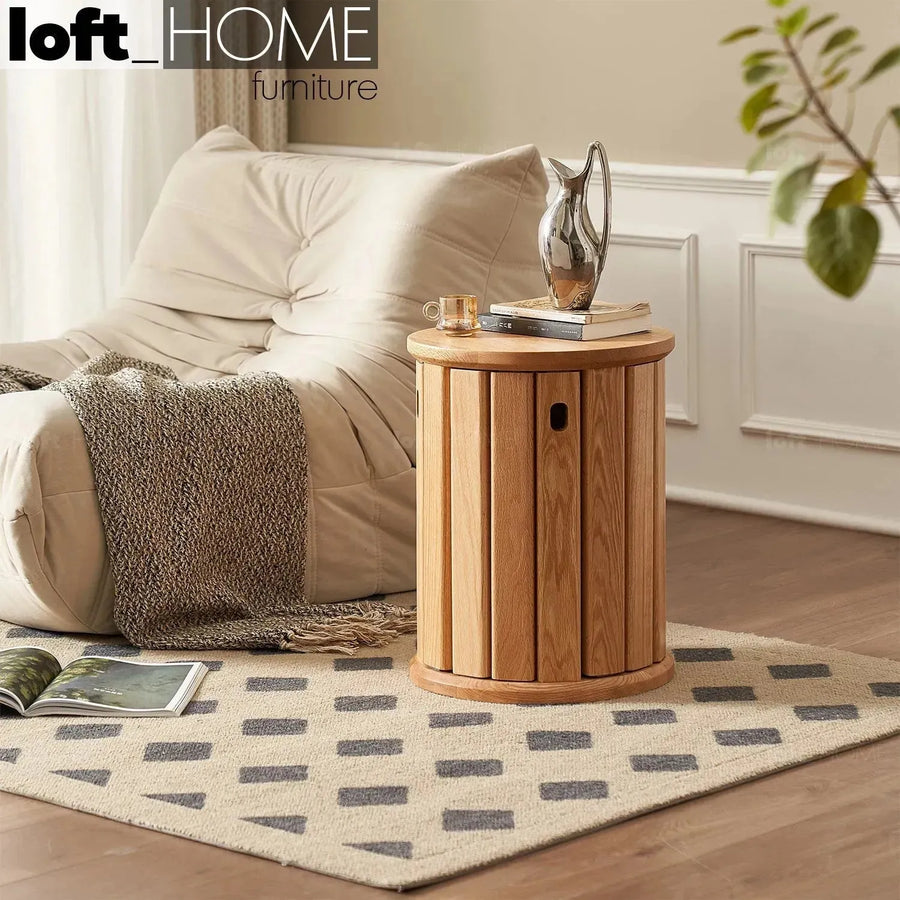
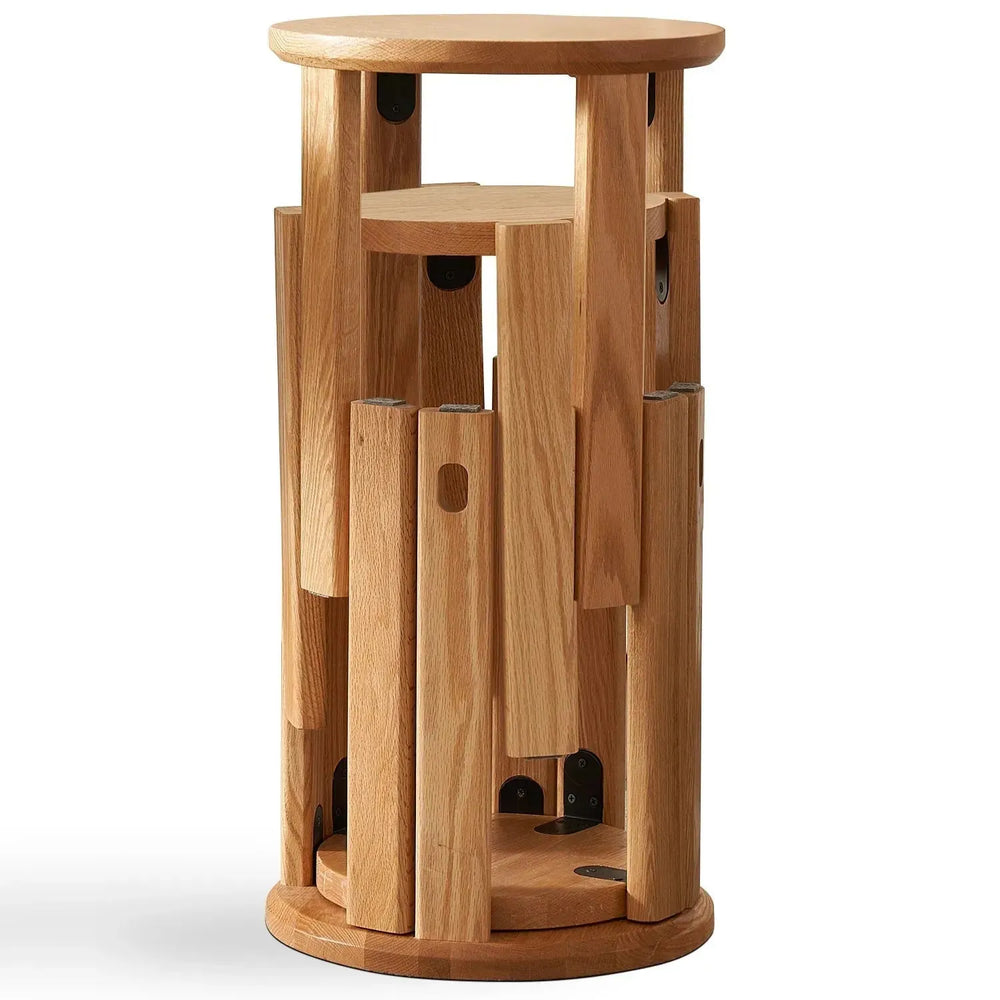




Leave a comment